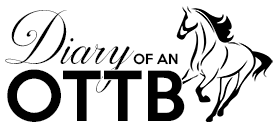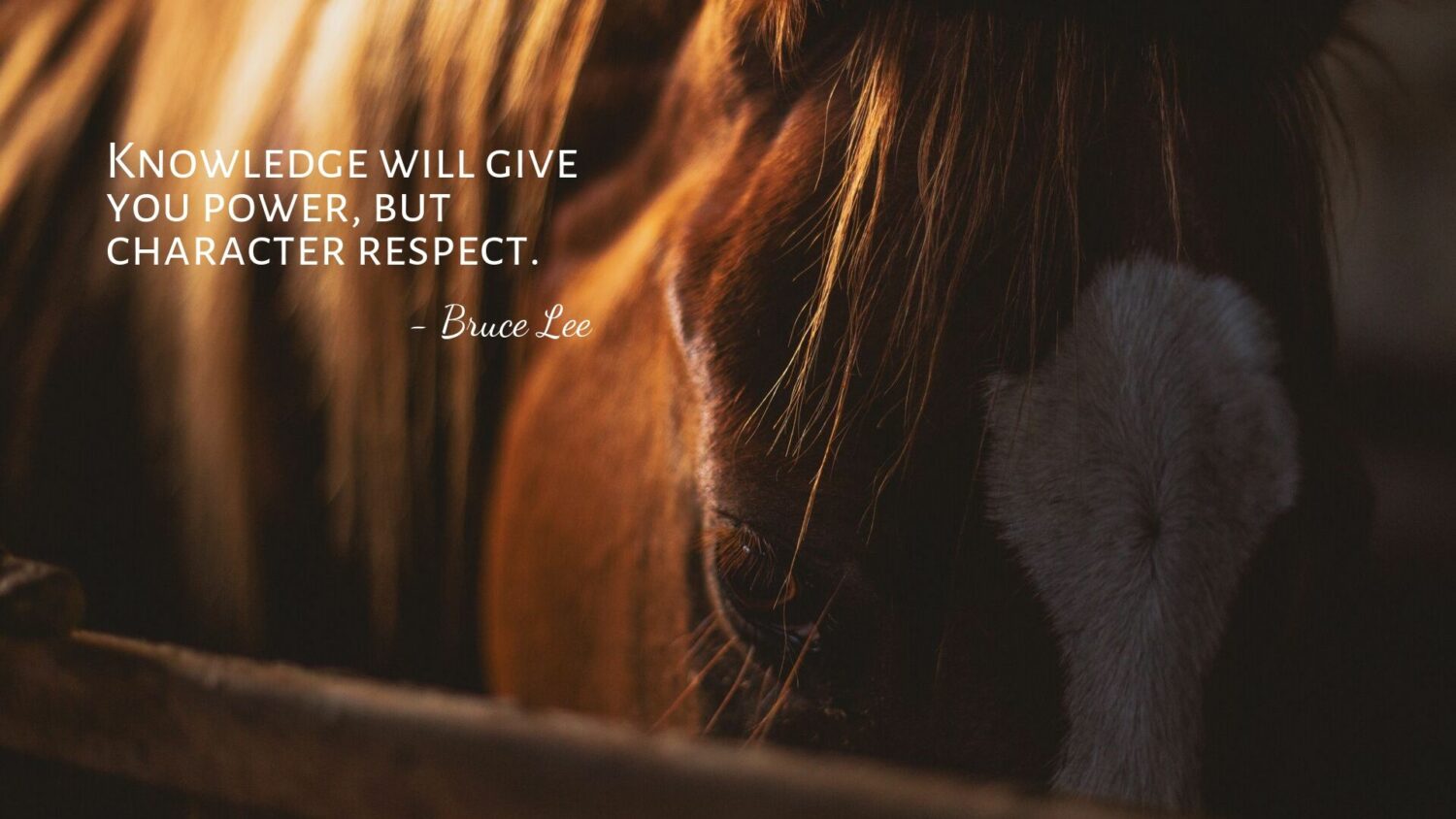When you’re working with your horse, how does your horse stand? What is he or she paying attention to? Where is their focus? And perhaps most importantly, where are you in relation to your horse? Does your horse respect your space when you’re leading? When you’re tacking up?
The answer to each of these questions is in your horse’s ground manners — in other words, how much your horse pays attention to you and respects your space on the ground while leading, tacking up, or just standing next to you. The pushier and less attentive the horse, the worse their ground manners. Working on these manners will help your horse develop an understanding of respect and personal space, both of which are essential elements to being able to work your horse confidently and safely.
If you’re trying to improve your horse’s ground manners there are a few easy exercises and tips to keep in mind when you practice. Let’s get into it.
1. Personal Space & Leadership
Personal space is something that you should be able to enjoy whenever you’re working with your horse and especially when you’re working on the ground. But these manners aren’t something that every equine has been trained for especially retired racehorses where ground manners frankly aren’t much of a focus.
To build on this concept of personal space you really don’t need anything other than the ability to maintain clear, consistent, boundaries. Our goal here is to have our horse respect those boundaries. In this context, I like to refer to Pat Parelli’s definition of respect, which he calls “appropriate response to pressure.” Keeping this in mind, if your horse creeps into your personal space, leading or just standing there, apply a little pressure in the same way you would to ask your horse to back up, releasing as soon as your horse has backed out of your space.
Let me be clear — just doing this a few times isn’t going to make your horse more respectful overnight. Chances are your equine pal will push the limits a bit and need regular if not constant reminding of where these boundaries are. But as with everything, time and consistency will inevitably pay off. Take a look at this video below where trainer Gord Searle demonstrates with a pushy horse how to use pressure to help establish those boundaries.
Respecting personal space is only the start of establishing your leadership when you’re working with your horse. In a herd or horses, who are the leaders? Simple answer: they’re the horses who control the movement of the herd and individuals within the group. We have to do the same thing and to do that we typically use a round pen or lunge line.
Again the goals here are attention and appropriate responses to pressure. When we ask a horse to yield their hind quarters in either direction, what happens? Does the horse appropriately step away? To start conditioning these responses it’s time to go in the round pen or work on the lunge line.
In this video with world famous trainer Monty Roberts, he explains the concept of joining up — in other words, the moment when your horse begins to look to your for direction. While this might not seem like it has much bearing on how good your horse’s ground manners are, in reality it has everything to do with it. The more attention your horse pays to you and the more he looks to you for attention, the better.
2. Lateral Flexion
Here’s another frequently overlooked aspect of groundwork that has a lot to do with how much and how well you’re able to control your horse’s body or more specifically, their head. We call this “halter broke” and the more responsive and attentive to pressure from us, the better. To improve this we’re going to work on lateral flexion, which is getting your horse to bend in response to pressure from a halter.
You might be wondering how this helps with ground manners. It’s pretty simple: the less pressure you have to use to get your horse to respond the easier it will be to regain your horse’s attention and put them in a better position. Check out this short video below.
Lateral flexion exercises can also be made more difficult by flexing from the opposite side and switching back and forth, working each time to get a response with as little pressure as possible.
The benefits of this exercise will unfold in a few ways, chief among them your ability to move your horse’s head to whatever position you want, not to mention some improved steering under saddle.
3. Avoid Hand Grazing
Chances are after you’ve finished a ride you might have untacked your horse, thrown on their halter and walked them around to graze… all of which is perfectly fine unless you have a pushy horse and then you’re probably just making life a little more difficult for yourself.
Why? Because most of the time we approach our horse and slip on the halter and lead line, it’s off to work we go. It’s time to pay attention to us, the humans.
Hand grazing completely undermines this concept and while some horses are capable of understanding the difference and not taking advantage of this luxury, if you’re just starting off or trying to improve your horse’s ground manners, skip the hand grazing and opt for a few hand or bucket fed treats instead.


Pingback: Why Grooming Your Horse is Beneficial ⋆ One Source Pets